COVID-19 could have derailed Mcity’s summer interns. It did not.

Remember when going back to school meant sharing stories about what you did on your summer vacation? When the University of Michigan’s fall semester got underway — on campus and virtually — Mcity’s Class of 2020 summer interns had tales to tell about a summer none of us will soon forget.
The students did not have to sacrifice their opportunity at Mcity to an unprecedented global public health crisis. Instead, they traded cubicles in the Mcity office and lab time inside the Mcity Test Facility for creative workspaces at home, be it their bedrooms or kitchens, basements or back yards.
“I never considered not hosting the internships because of COVID-19,” said Tyler Worman, manager of software development for Mcity, and supervisor of the intern program. “But for a short time I thought about what we may have to do differently, and what projects we might not be able to do at all. In the end, I didn’t want to jeopardize the students’ chance to add a cool portfolio project to their resume. Even if that meant more work for Mcity staff, it was worth figuring out how to support the interns.”
Project Selection
Working with Mcity Associate Director Greg McGuire, Worman pulled together a list of projects for the interns that would help Mcity demonstrate the value of testing software Worman had developed. The software, OCTANE, along with an app, Skyline, allows users of the Mcity Test Facility to control infrastructure — roadway intersections, a rail crossing, pedestrian crosswalks and more — using a phone, laptop or vehicle computing platform. These scriptable controls can also be used together to build complex, highly repeatable testing scenarios, critical to developing connected and automated vehicles and technologies.
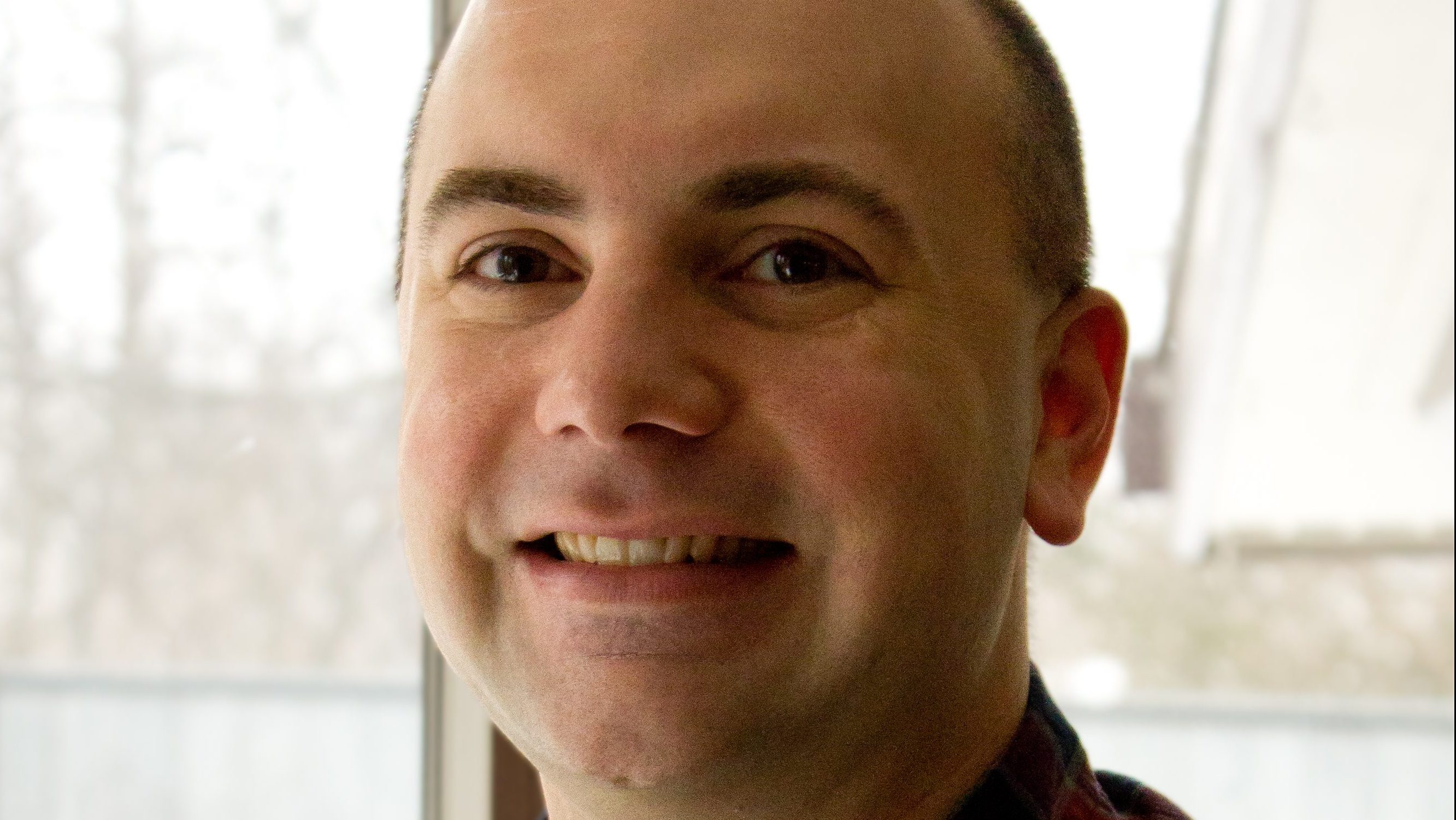
Worman hoped the interns would be able to show that OCTANE’s capabilities could be easily expanded, while they also developed features that had been requested by testing companies, and built inexpensive hardware that would greatly enhance repeatable testing options in the test facility.
“With previous demos, we weren’t fully sharing our ideas and vision for the OCTANE platform,” Worman said. “We wanted to show why it was special. “
In recruiting the 2020 interns, Wolman had specific projects in mind, and looked for skills the students already had that they could further develop at Mcity, while also learning something new. By the end of the summer, he wanted them to understand the purpose and importance of the work they did, and how it advanced the Mcity Test Facility and its testing methodologies, as well as Mcity member companies.
“I never considered not hosting the internships because of COVID-19…I didn’t want to jeopardize the students’ chance to add a cool portfolio project to their resume.”
Tyler Worman, Manager, Software Development, Mcity
Another goal for Worman was to expose each intern to a project involving hardware, front end web frameworks (Vue.JS), backend web server APIs, testing platforms, databases, cloud services (AWS) and deployment tools (Docker). These are skills commonly sought when companies recruit “full stack developers.”
The students moved through the topics at different times. They could then assist each other. Each project, despite introducing a new topic, got easier as the summer progressed. By the end of the internship, the students had each developed a project from start to finish, could demonstrate how it worked, and saw it put to use by Mcity industry members at the Mcity Test Facility.
“Traditional internships often have a very narrow focus, don’t give as much control or responsibilities to students, and may not prepare them well for what they’ll experience in the real world,” Worman said. “I believe we should fill in all the basic knowledge gaps our students may have and give them the tools they need to be confident about approaching any future project by themselves.”
Unique COVID-19 challenges
COVID-19 presented special challenges for the 2020 Mcity interns. Socializing is typically a vital element of the intern experience, helping the students feel comfortable enough to reach out for help when they need it. Worman scheduled a brief team meeting every day to build that rapport.
Another challenge came with hardware development. Tools and parts had to be shipped to the students, which often resulted in delays due to the distance between the students, Worman and Mcity. Several of the interns were based out of state. Because the students worked on multiple projects, however, they never ran out of things to do.
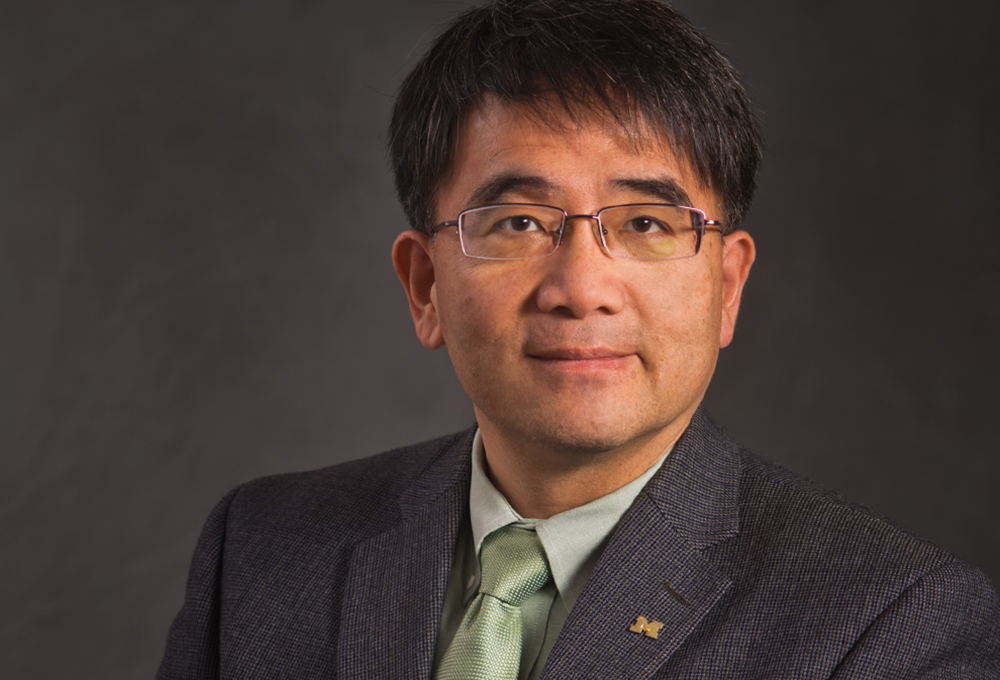
The students have the satisfaction of knowing their work has practical, real-world applications. Realizing the promise of smart cities of the future, for example, will rely on hardware devices that can help measure or control the real environment, said Huei Peng, director of Mcity and the Roger L. McCarthy Professor of Engineering.
“Having summer interns is a great learning opportunity for the students,” Peng said. “It’s also an opportunity to develop more affordable hardware. That’s important for Mcity, but probably even more so for smart cities, which really need cost-effective solutions.”
Social distancing rules and mandates to “Mask up, Michigan” became part of normal life beginning last spring and remain so today. That reality did little to curb our summer interns’ drive or ambition. They represent the next generation of mobility innovators having already shown they can pivot when life takes an unexpected turn.
Let’s meet them (in alphabetical order):
Nathan Chapman
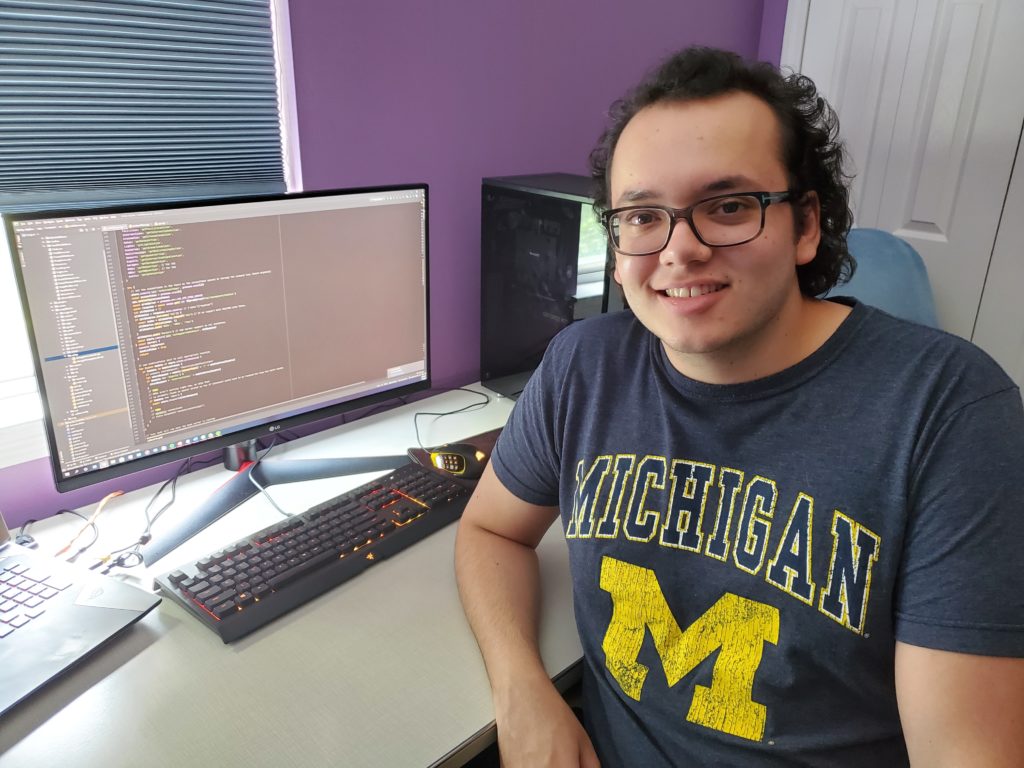
Nathan Chapman, who graduated from U-M this year, worked on creating a method of interaction between users of the Mcity Test Facility and Mcity’s connected devices that do not require an internet connection — a significant benefit if internet and data connections in the test facility go down. Today, using these connected devices requires an Internet connection and the use of Skyline, Mcity’s online interface, which allows test teams to design and launch test scenarios, control traffic lights, and other features at the test facility using their phone, tablet or laptop. Chapman’s work could help eliminate the risk of internet or data outages in the field during vehicle and technology testing by eliminating the need for a constant connection.
“The coronavirus pandemic definitely affected my experience, but not in a negative way. It allowed me to experience working from home and working with coworkers remotely. While it brought about some difficulties with technology, timing, and logistics, I never felt that working during the pandemic made my job harder. The experience taught me valuable skills that I can apply in my career.”
Nathan Chapman, U-M Class of 2020, B.S., Computer Science Engineering
Nick Holden
Nick Holden, now a senior at U-M majoring in computer science, worked with Mcity Engineer Ed Serzo to develop a simple, automated, accurate, and affordable robot for use at the Mcity Test Facility to add even more realism to the real-world testing environment. These robots will enable users to simulate squirrels crossing the roads, or flocks of birds, or pedestrians on the sidewalk. Utilizing GNSS RTK technology, a remote control car, and a Raspberry pi computer, Serzo and Holden built a controllable platform that easily integrates with Mcity’s OCTANE and Skyline tools so users can script robot paths using a point-and- click interface. This hardware was also used as the basis for affordable survey tools, and hardware for synchronizing the position of non-IoT devices to OCTANE. Prior to working as an Mcity intern, Holden was a safety conductor for the Mcity Driverless Shuttle research project, which wrapped up late in 2019.
Tanvi Jivtode
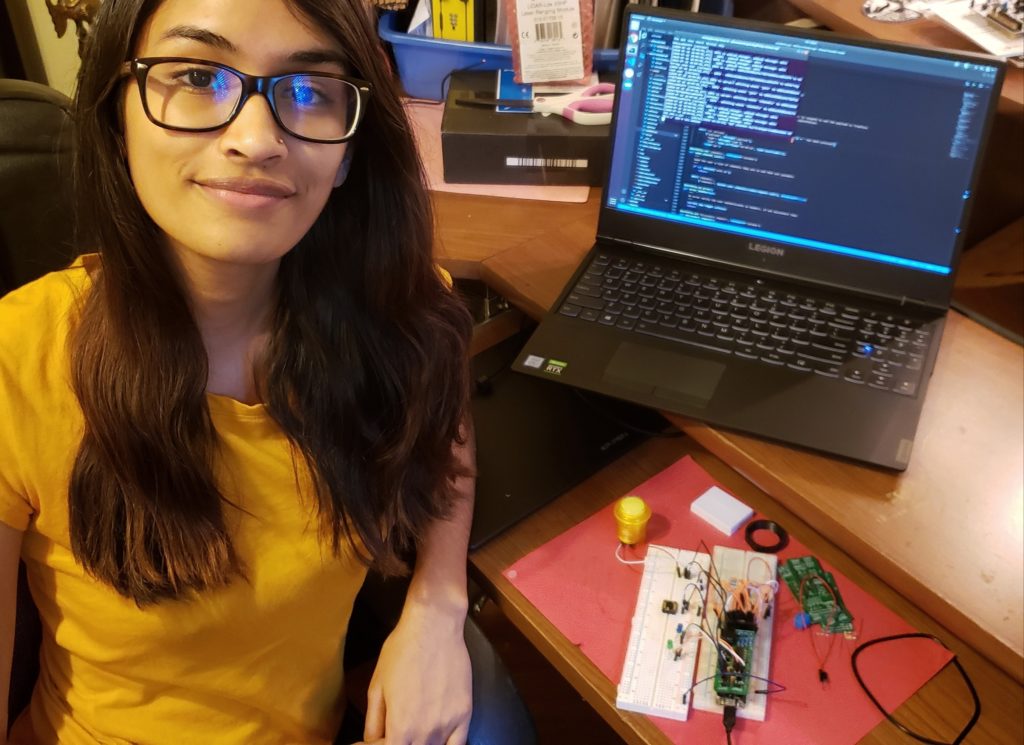
Tanvi Jivtode, now a junior at U-M studying computer engineering, focused on developing wireless trigger devices for the Mcity Test Facility, particularly a button trigger and LiDAR trigger. These devices, when activated, can interface with Mcity’s testing scenario script builder and trigger certain events in the test facility in real-time. Her work included writing software and firmware to program Mcity’s board and establish a connection between the device and OCTANE, Mcity’s central server API; developing printed circuit boards, or PCBs; and creating housings for the devices. These devices could be mass-produced and sold to other test facilities that license the OCTANE API from Mcity. All the circuitry is contained on the board and components — buttons, resisters, power supply — can be attached to the board.
Dennis Li
Dennis Li, who graduated from the U-M this year, worked at Mcity for the past two years to enhance the software supporting the Mcity Test Facility’s in-house sensor enclosures. Li tackled creating a real time LIDAR point cloud alignment module for use in Mcity data collection systems. This software takes data from infrastructure-mounted LiDAR, which move independently from each other due to wind, and in real time creates a unified point cloud. The resulting software runs inside ROS (Robot Operating System) and allows multiple users to access the sensor data. The infrastructure sensors can be used to verify ground truth data provided by sensors inside vehicles under test and allows users to measure and verify differences in test scenarios. Li is now a software engineer for Hulu.
Jonathan Lin
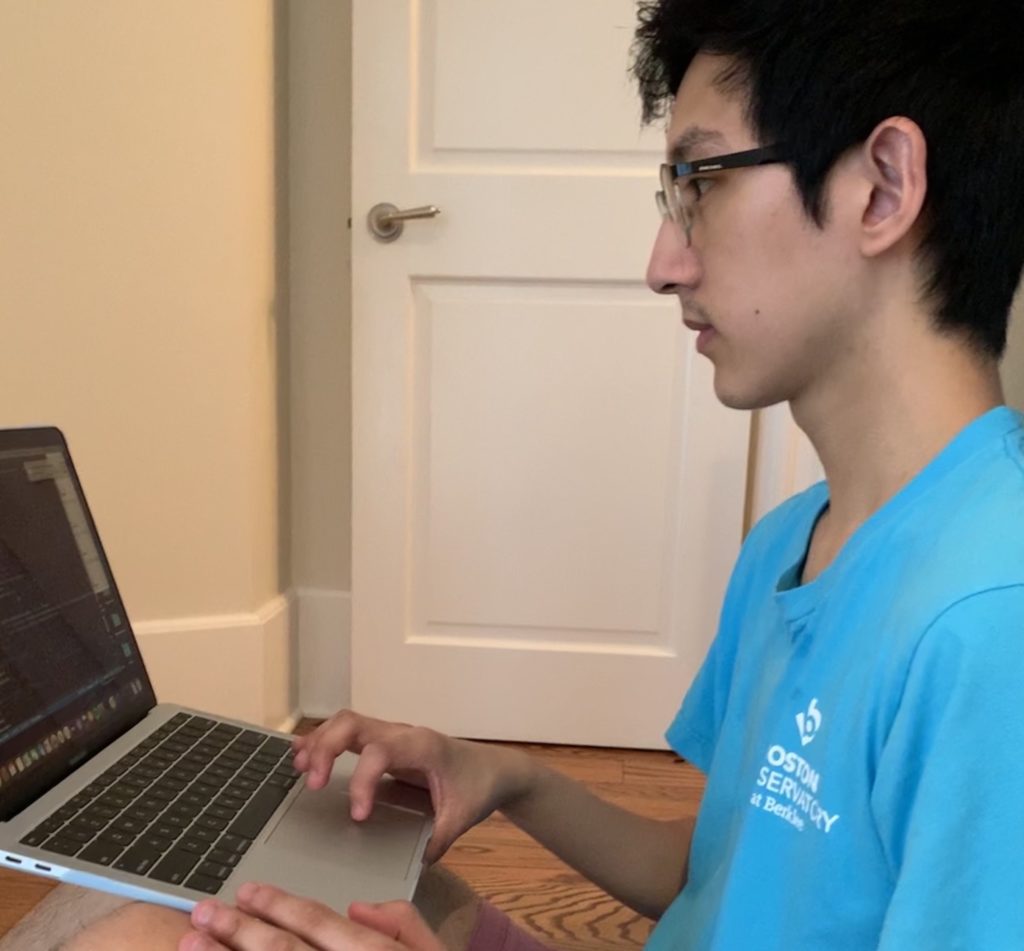
Jonathan Lin, a U-M junior studying computer science, worked on the dynamic configuration of Mcity’s Skyline mobile app. Lin set up the core mobile frontend interface so that Skyline can be distributed to testing companies and dynamically show the corresponding devices and buttons from the mobile app. In the future, Lin will work on adding access to scenarios in the mobile app to work in conjunction with server-side scripts fellow intern Nathan Chapman developed for easy access to test scenarios from inside the Mcity Test Facility.
Keenan Rebera
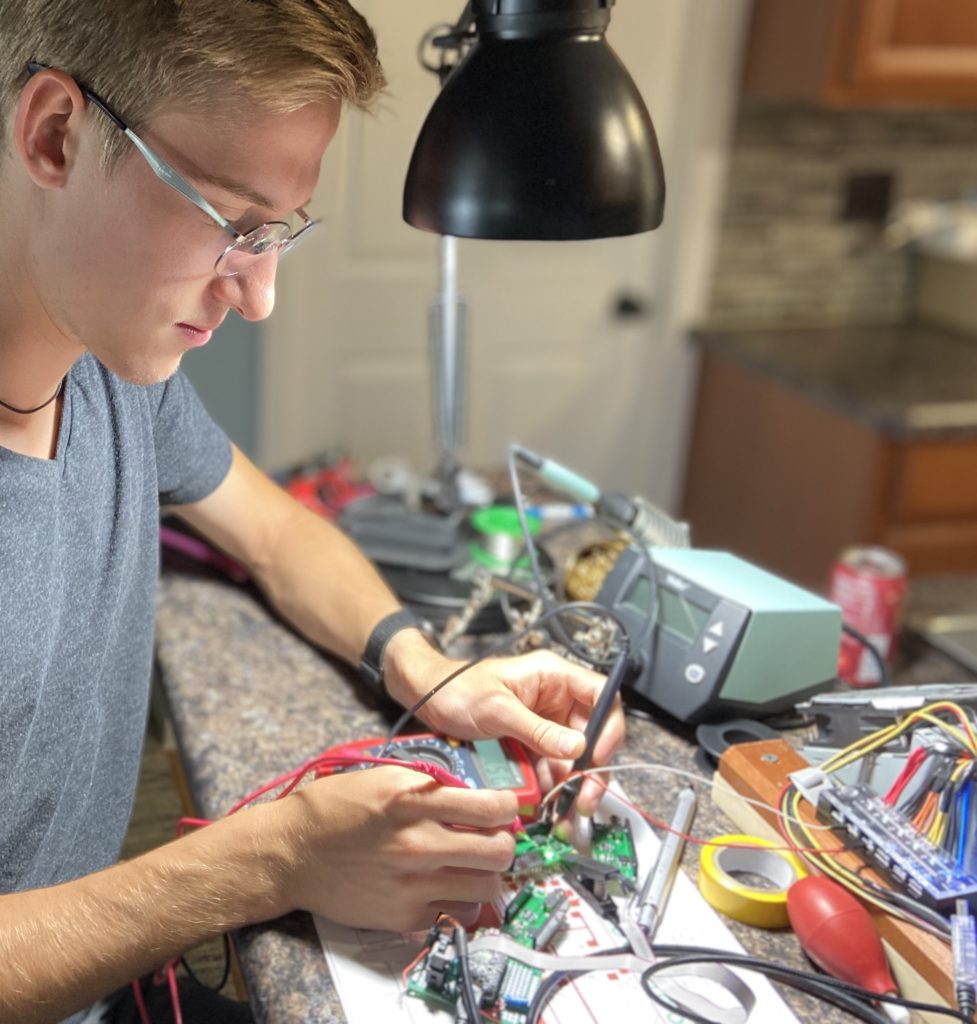
Keenan Rebera, who graduated from U-M this year and now works as an engineer for Nike, spent his summer working on prototyping and developing a line of microcontroller circuit boards. The boards plug into one another and allow Mcity Test Facility users to easily convert everyday hardware into something controllable from the web. Using these boards, traffic and street lights can be turned on and off remotely, and the state of devices like railroad crossings can be published to the internet and observed from the browser. This creates a hardware bridge between Octane / Skyline and real-world devices that people will want to monitor and control from the comfort of a browser interface. This eliminates a lot of legwork and human error from testing and creates a more unified and modern environment for smart cities and facilities.
Rebera said the pandemic forced him to improvise and develop tools that he’d previously depended on using at a lab. “I built myself a bench top power supply from the leftover parts of an old computer and a reflow soldering station from a thrifted hotplate and some other parts,” he said. “I had to use an old toaster to test the first board.
“[The pandemic] ended up enriching my learning experience and showed me that even the most daunting obstacles can be overcome if you work with what you have.”
Keenan Rebera, U-M Class of 2020, B.S. in Engineering, Computer Engineering
Drew Vanderspool
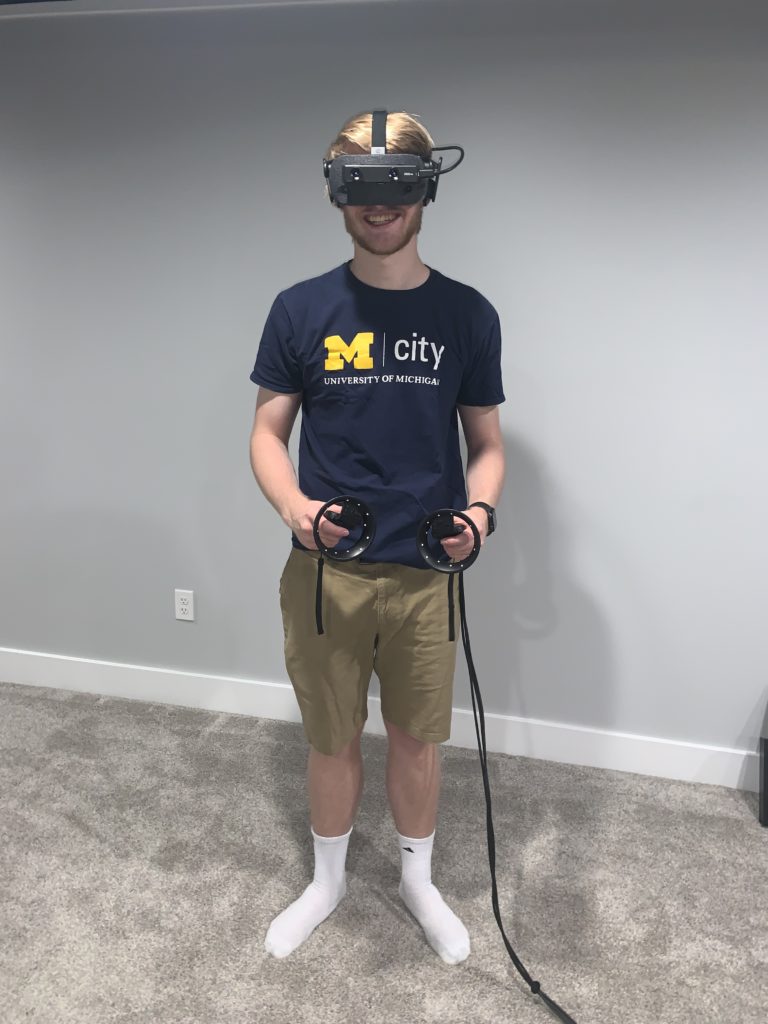
Drew Vanderspool, now a Michigan Engineering sophomore studying computer science, worked from home but was still able to go inside the Mcity Test Facility — virtually. Users of the test facility can simulate virtual vehicles and pass their information on to real testing vehicles. This allows for repeatable testing scenarios without worrying about crashing or inconsistent behavior. Vanderspool worked on rendering these virtual vehicles so that a human observer can see what the testing vehicles are “seeing” and interacting with. He used a ZED Mini Mixed-Reality Camera mounted onto a virtual reality (VR) headset for augmented reality (AR). Because of the pandemic, Vanderspool wasn’t able to test and work on-site at the Mcity Test Facility. But he spent a lot of time at “virtual Mcity”– a 3D virtual reality mock-up of the facility created from satellite images.
“Thanks to OCTANE and the Skyline app, I was able to test the virtual vehicle simulation without leaving my bedroom. I also spent a lot of time testing outside in my backyard and joining virtual update meetings in virtual reality with the head-mounted display for the project.”
Drew Vanderspool, U-M Class of 2023, B.S. in Engineering, Computer Science
Anthony Wohlfeil
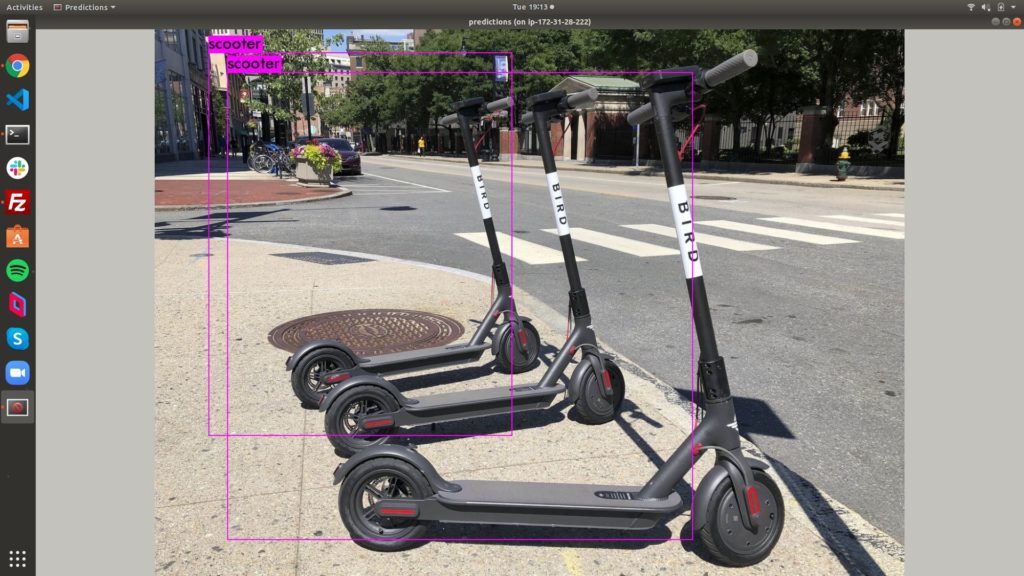
Anthony Wohlfeil’s summer project at Mcity was training a custom set of computer vision weights that categorize objects relevant to Mcity and its partner companies — think traffic cones, scooters (like those pictured here), the U-M logo, etc. These weights are essential to a larger system that the Mcity team and Wohlfeil built that takes video footage, labels the objects in the footage using a variant of Darknet/YOLO’s computer vision framework with text and bounding boxes, then returns the finished product. This is the conclusion of Wohlfeil’s contribution to the project — he graduated from U-M and is now working as a software engineer at Amazon — but there are future plans to develop it further with Mcity partner companies (including computer vision startup RedBrickAI) and new interns.
“The pandemic and the drastic changes that came along with it certainly had an impact on my work for Mcity. I’m glad I was able to continue working on the project remotely during the spring and summer and get it to a place where we were happy with the results.”
Anthony Wohlfeil, U-M Class of 2020, B.S. in Computer Engineering